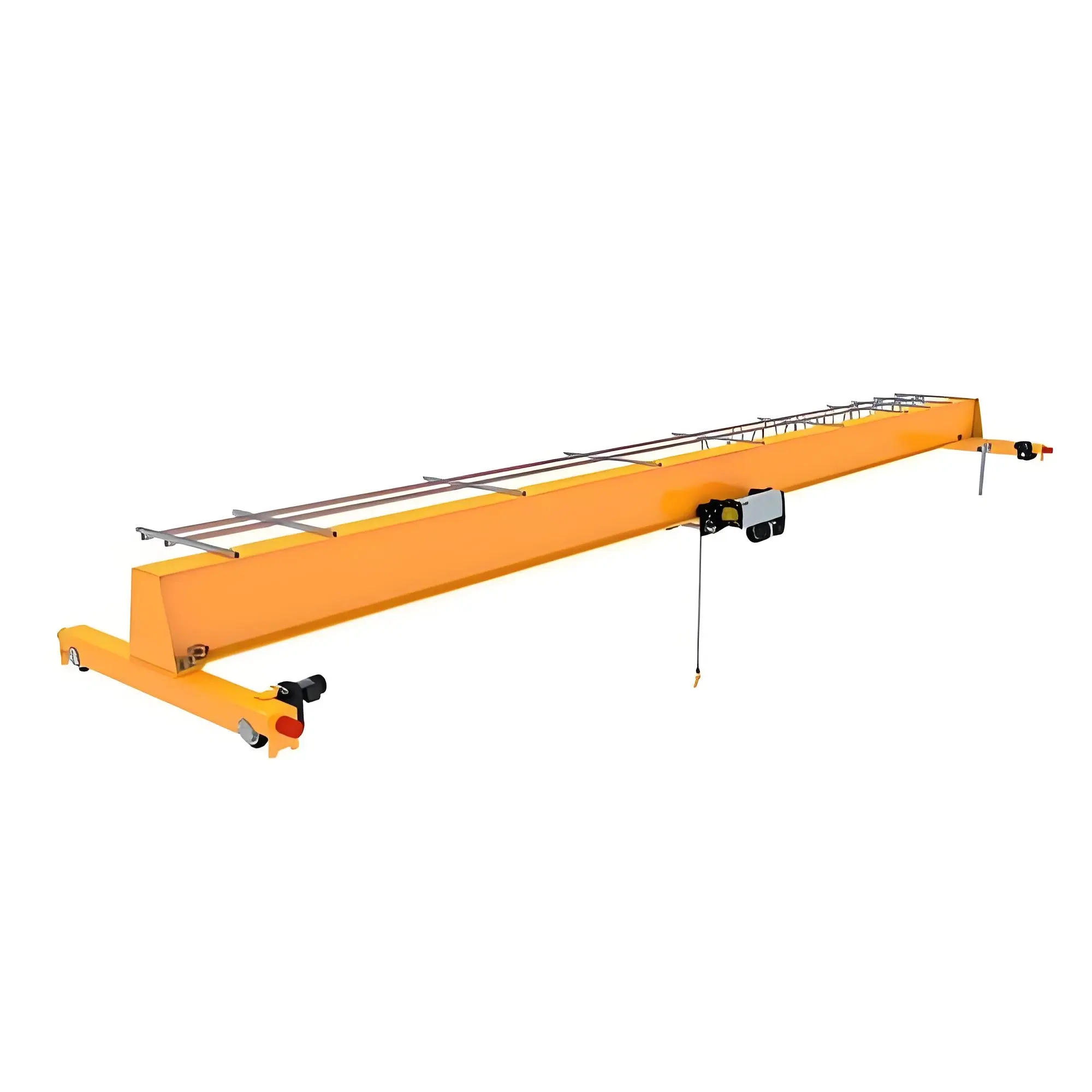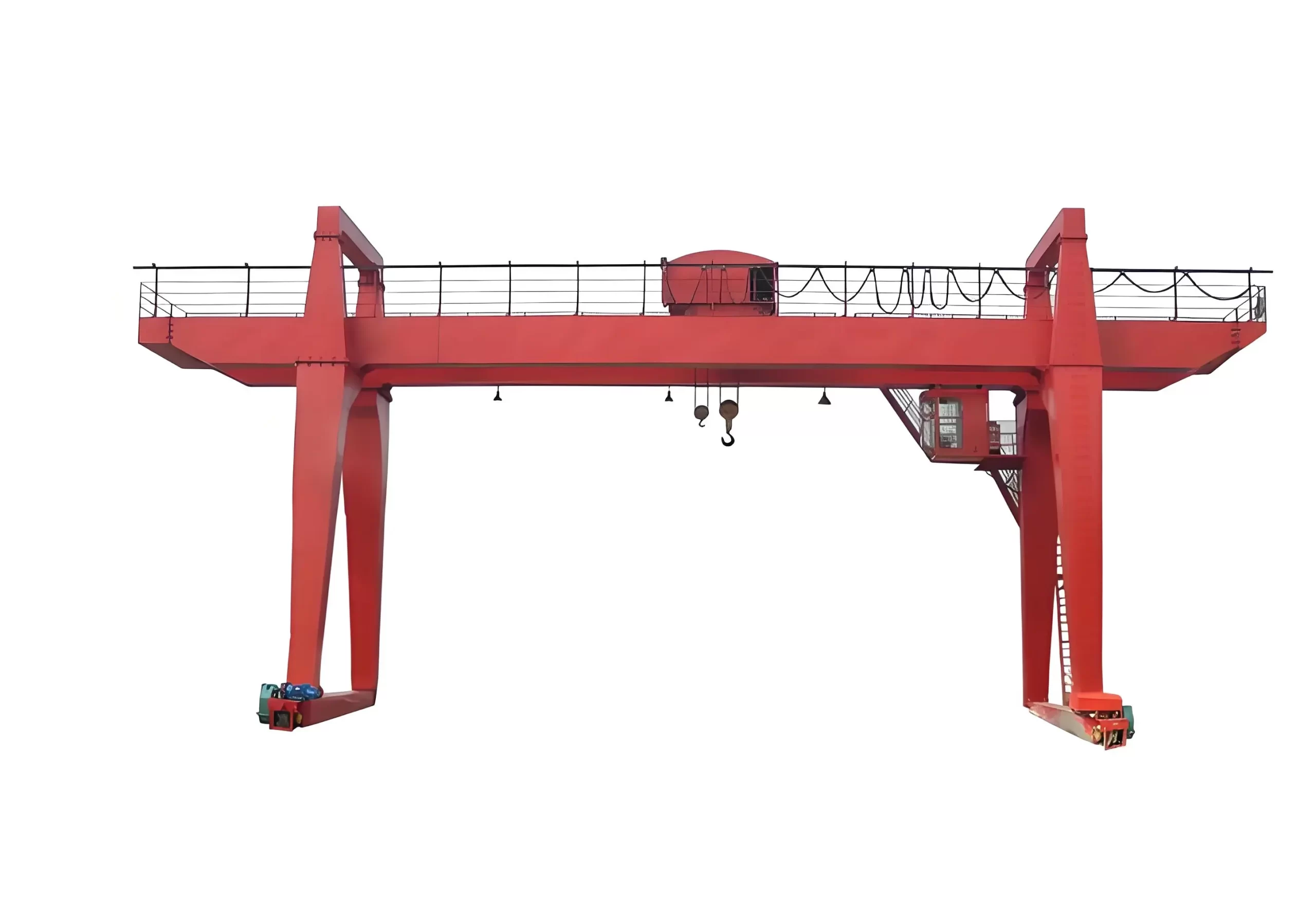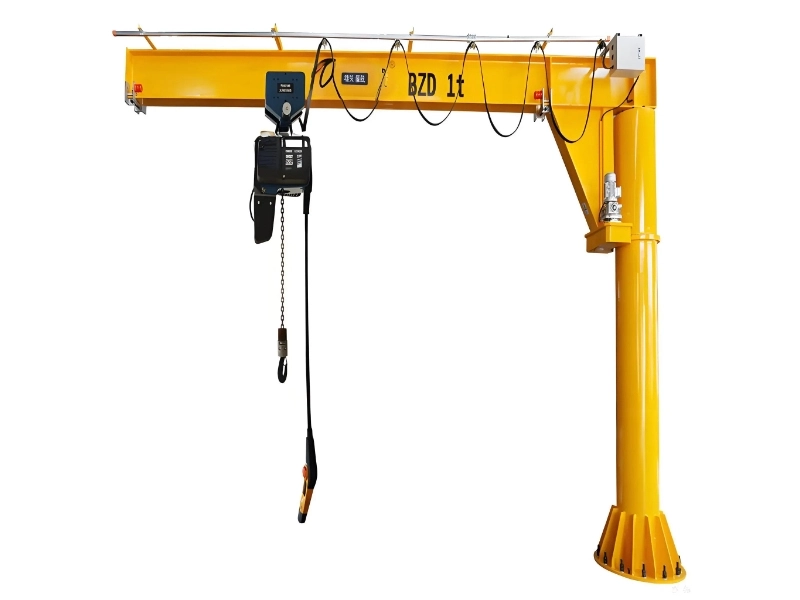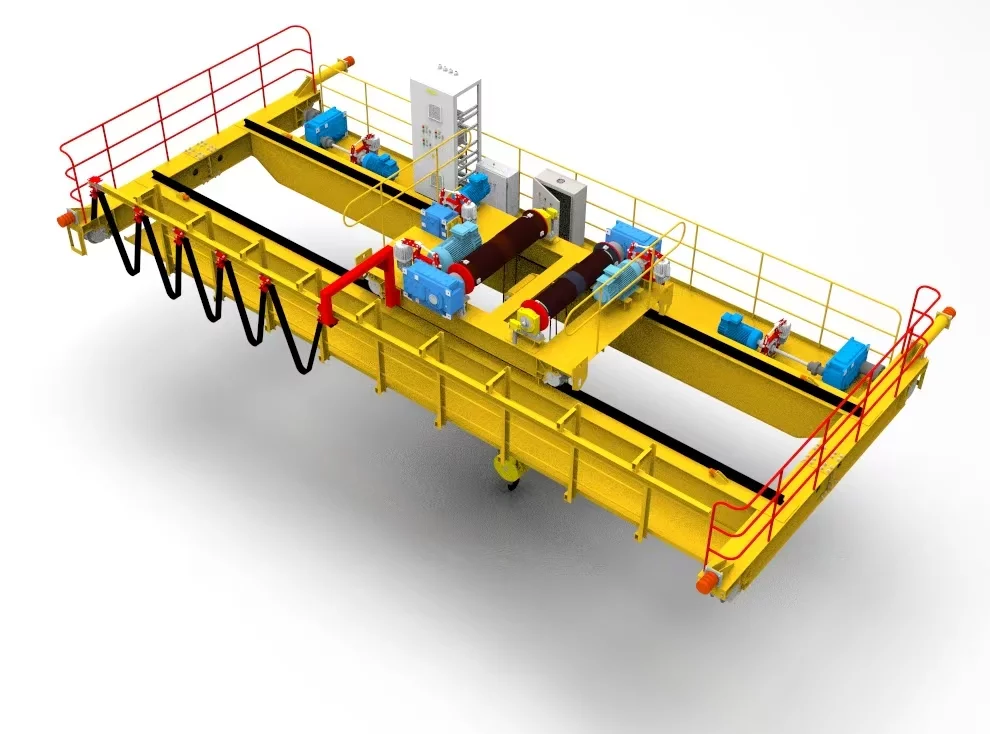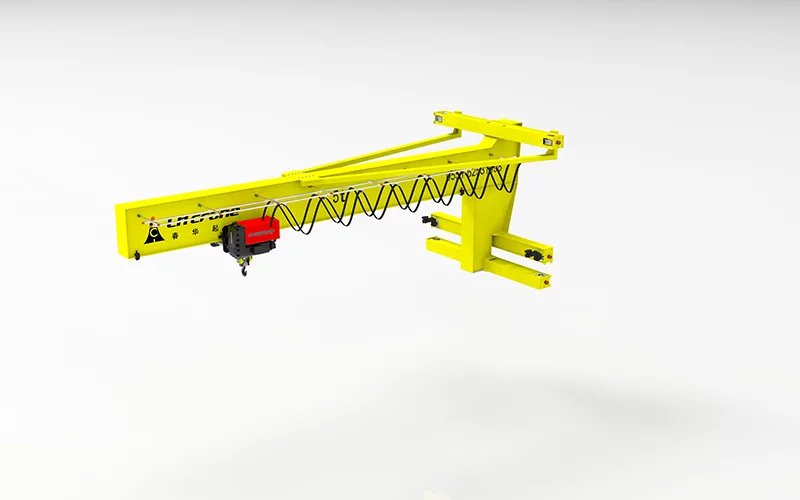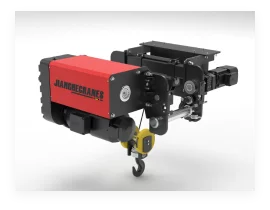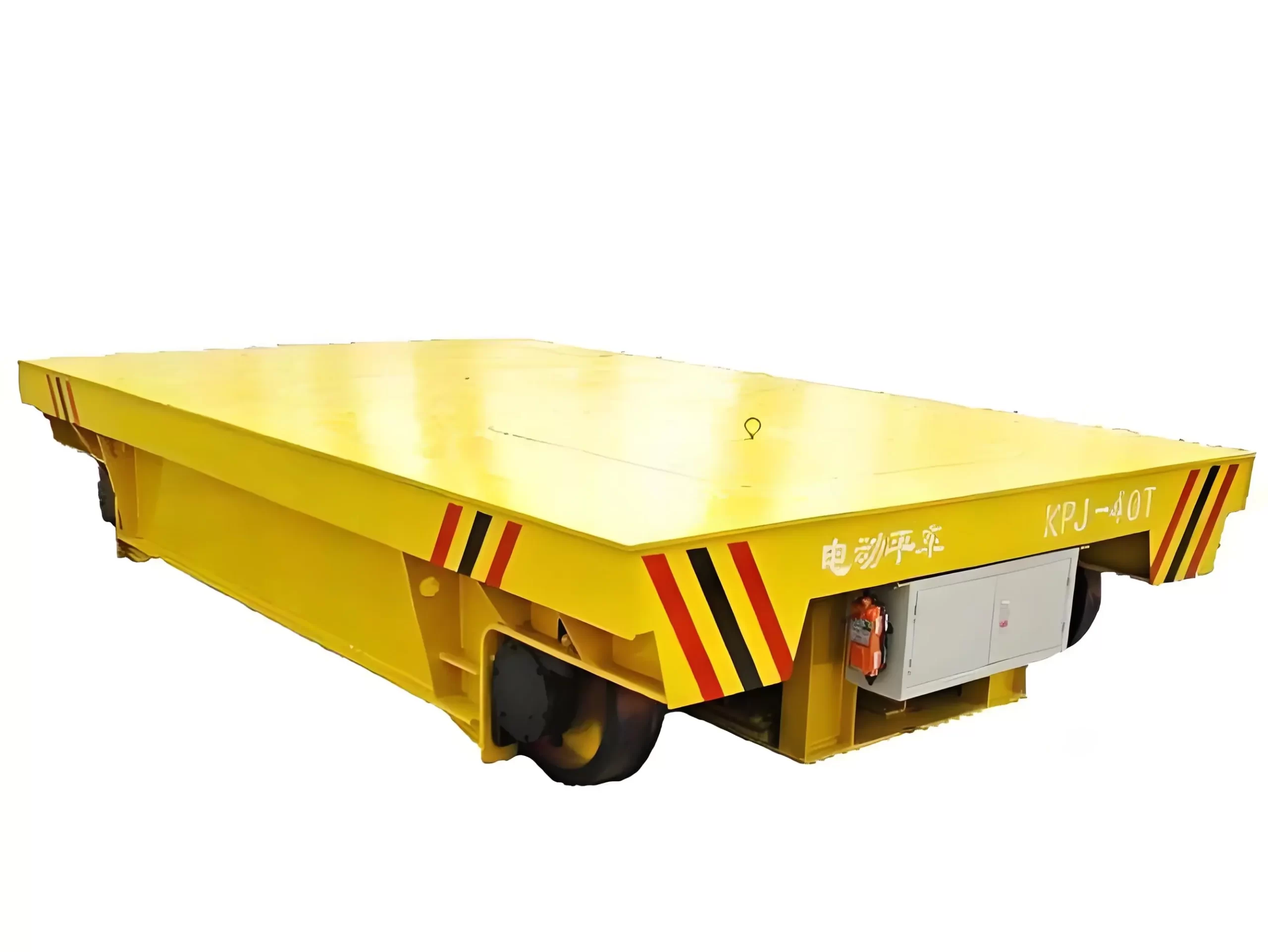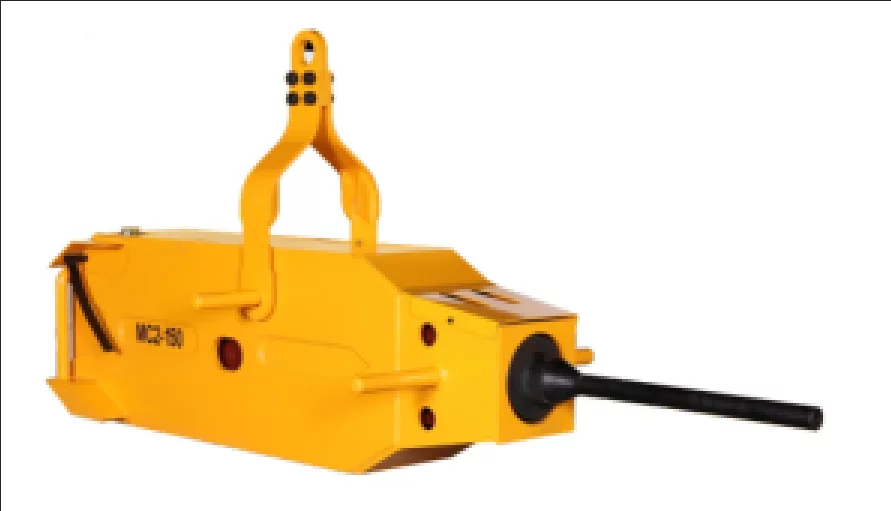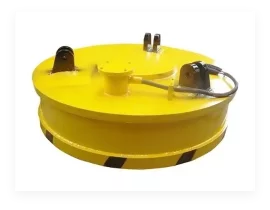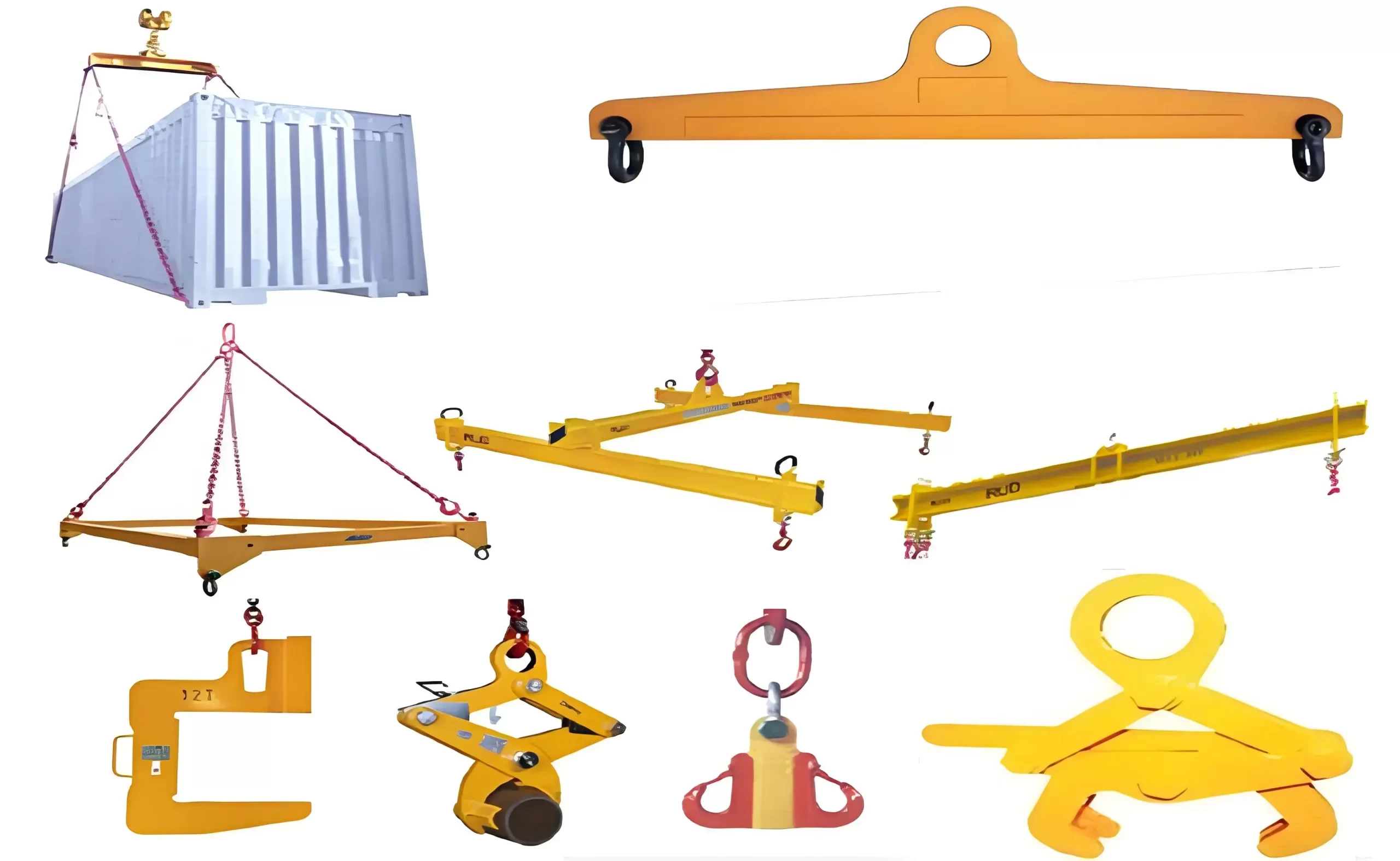Material Selection and Procurement: Select suitable steel for crane applications, such as high-strength low-alloy steel (HSLA), carbon steel, or alloy steel.
Cutting: Use cutting machines (such as plasma cutters, laser cutters, or flame cutters) to cut the steel plate into the desired size and shape.
Forming: Shape the steel plate into specific forms, such as beams or support structures, through bending, rolling, or stamping processes.
Welding: Use various welding techniques (such as gas-shielded welding, submerged arc welding, etc.) to weld the steel plates together, forming the crane’s frame and other structures.
Heat Treatment: Perform heat treatment on the welded steel structures to relieve stress and enhance the strength and toughness of the steel.
Machining: Conduct further finishing processes such as drilling, tapping, and milling to prepare for the installation of connectors and other components.
Surface Treatment: Apply anti-corrosion treatments to the steel plates, such as sandblasting, pickling, and coating (such as paint or powder coating), to improve durability.
Quality Control: Implement strict quality control at each processing step to ensure that the steel plates and welded parts meet design specifications and safety standards. This includes using non-destructive testing techniques (such as ultrasonic testing, X-ray testing) to inspect the integrity of welds and materials.
Assembly: Assemble the processed steel plates and other components into the main structure of the crane, then conduct testing and calibration to ensure performance and safety meet requirements.


